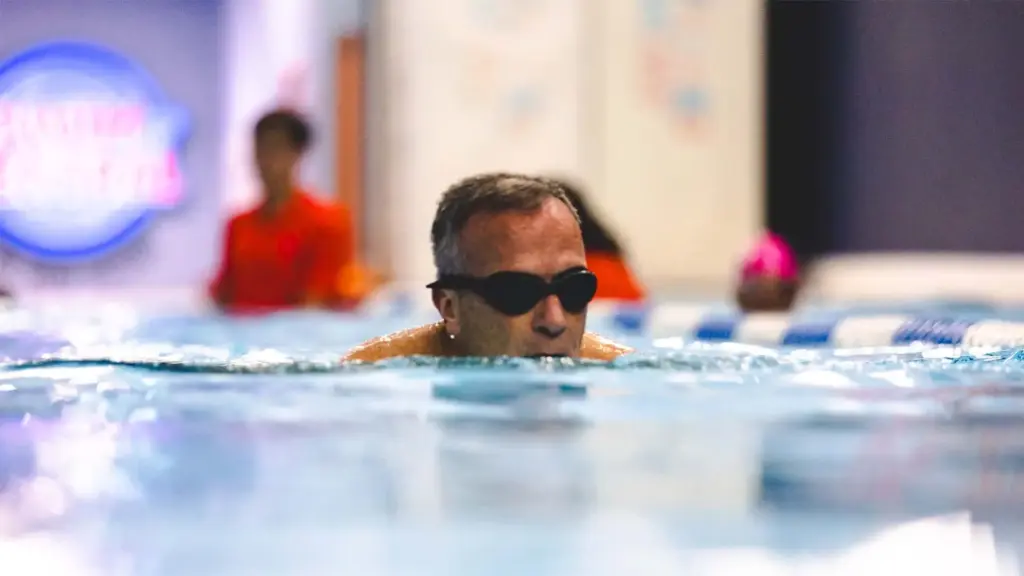Swimming is a fantastic all-round workout, and for many adults in Preston, the idea of two hours in the pool sounds like a great fitness plan. But is it enough to meet your health and performance goals? The answer isn’t one-size-fits-all. It depends on your current fitness level, your objectives, and how you structure those two hours. In this post, we’ll explore how to make two hours of swimming meaningful, especially for those seeking Preston adult lane swimming opportunities, and how to optimise your sessions for safety, technique, and progression.
Understanding Your Goals
Before you dive in, it helps to clarify what you want to achieve. Are you aiming to improve cardiovascular fitness, build muscle strength, master technique, or train for a competitive event? Your goals will determine whether two hours is sufficient and how you should allocate your time in the pool.
- Cardiovascular fitness: If your primary aim is to improve heart and lung health, consistency often matters more than the exact duration of each session. Two hours, done regularly, can contribute significantly to your weekly training load.
- Technique and efficiency: For many adult swimmers, especially those using Preston adult lane swimming sessions, quality can trump quantity. Focusing on stroke technique, breathing, and turns will yield better long-term results than simply swimming mindlessly for two hours.
- Endurance and events: If you’re training for longer distances or a triathlon, you may need to tailor your plan with interval sets, tempo swims, and rest periods to maximise the effectiveness of two hours.
Structuring Two Hours in the Pool
A well-structured two-hour session is more productive than two hours of aimless laps. Here’s a practical framework you can adapt, whether you’re swimming solo or taking part in Preston adult lane swimming sessions.
- Warm-up (10-15 minutes): Start with easy swimming to raise your core temperature and loosen joints. Include some dynamic stretches on pool deck if permitted, and finish with a few drills that focus on technique.
- Technique work (20-30 minutes): Dedicate a portion of your time to drills that target your troublesome areas, whether that’s high elbow catch, streamline off the wall, or bilateral breathing. If you’re in a lane with others, you can use designated drill lanes or specific intervals to keep things efficient.
- Main set (40-60 minutes): The main portion should challenge your aerobic system without causing excessive fatigue. Interval training works well: for example, 5 x 200m at a moderate pace with 30 seconds rest, or 10 x 100m at a steady tempo with 15 seconds rest. Adjust distance and pace to your current level.
- Technique maintenance and kick sets (15-20 minutes): Short kick sets or single-arm drills can help reinforce efficiency and leg strength without overtaxing the whole body.
- Cool-down (10 minutes): Light swimming followed by gentle stretching (in approved areas) helps with recovery and flexibility.
Resourcing Your Preston Adult Lane Swimming
If you’re specifically looking at Preston amenities, there are practical considerations to maximise your two-hour window. Preston adult lane swimming programs often schedule dedicated lanes and times to accommodate varying speeds and goals. Here are tips to get the most from these sessions:
- Check the timetable: Lane swimming times can vary by facility. Look for sessions labeled as Preston adult lane swimming or similar, and note peak times when lanes may be busier.
- Pace yourself: In a shared lane, establish clear pacing with other swimmers. Don’t chase fast splits at the expense of technique and safety.
- Communicate and adapt: If you’re new to lane swimming, talk to coaches or lifeguards about pacing, lane etiquette, and appropriate distances.
Training Frequency and Progression
Is two hours enough every session? It depends on how many sessions you’re doing per week and how you progress over time. A single two-hour session can be effective, especially if you’re new to swimming or returning after a break, but most swimmers see better results with a structured plan across multiple days.
- Begin with 2-3 sessions per week: If you’re restarting or building base fitness, this frequency provides balance between stimulus and recovery.
- Increase intensity gradually: As your fitness and technique improve, you can introduce more challenging sets, shorter rest periods, or longer main sets within the two-hour window.
- Monitor your progression: Track times, distances, and perceived exertion. Periodically retest with a fixed distance to gauge improvements.
Safety Considerations
Two hours in the pool is a solid commitment, but safety should come first.
- Hydration and nutrition: Even in water, you can become dehydrated. Have a small drink before and after swimming, and consider a light snack if you’re training for longer sessions.
- Shoulder health: Swimmers are prone to shoulder overuse injuries. Mix in strength work off the pool deck and avoid overdoing high-repetition strokes.
- Grip and pacing: Elder swimmers or those in Preston adult lane swimming programs should communicate with other lane users to avoid collisions and ensure a steady, safe pace.
Final Thoughts
Two hours of swimming can be enough, provided you structure the time with intention and adapt it to your goals. For many people, especially those participating in Preston adult lane swimming, quality, consistency, and smart progression trump sheer time spent in the water. Use warm-up, technique, main sets, and cool-down to create a balanced session that builds endurance, strength, and efficiency. Pair your sessions with complementary land training, adequate rest, and a clear progression plan, and you’ll likely see meaningful improvements over weeks and months. Whether you’re chasing better cardio, improved technique, or simply a sustainable fitness routine, two hours can be a powerful piece of the puzzle.

